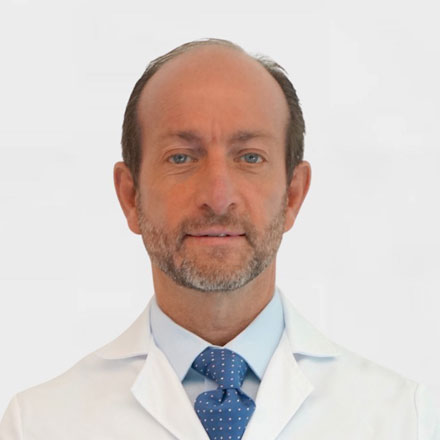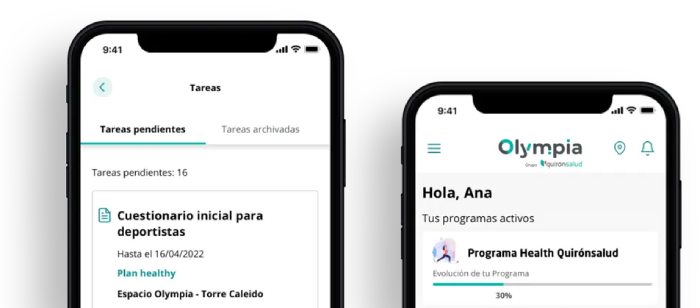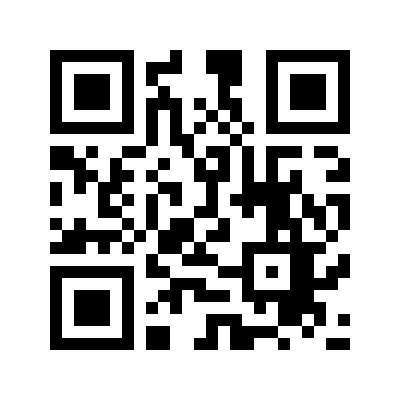Sport Center

Second opinion musculoskeletal imaging consultation
Led by a radiology subspecialist in sports radiology and an expert in resonance imaging. We offer a consultation service to review and explain the imaging tests in a personalised way.
Olympia’s musculoskeletal imaging second opinion consultation service is staffed by the most specialised radiologists to help you gain additional insight into your health status. We provide a specialised second opinion to patients who have undergone a previous study related to musculoskeletal problems, such as sports injuries, joint pain, arthritis and other similar disorders.
It is an opportunity to gain additional insight and ensure that the best healthcare decisions are made.
Featured technology
- Multitom
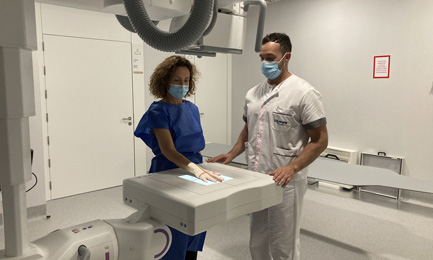
Multitom
Our Siemens Multitom conventional radiology room is a robotic room which, in addition to working with a low radiation dose and high image quality, rotates around the patient, obtaining 3D images of small joints even when the patient is standing upright.
- 3 Tesla Magnetic Resonance Imaging
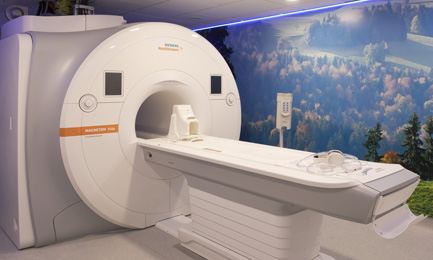
3 Tesla Magnetic Resonance Imaging
A diagnostic technique for detailed imaging of organs, tissues and internal structures of the human body that uses a powerful magnetic field and radio waves to generate high-resolution, three-dimensional images of the human body. The 3 Tesla Magnetic Resonance Imaging is an advanced technology that provides sharper and more detailed images than those obtained with lower power devices. This higher resolution allows doctors to more accurately identify and diagnose a wide range of conditions, including brain injuries, cancer, cardiovascular disease and musculoskeletal disorders. In addition, its design is tailored to improved patient tolerance, with a noticeable decrease in noise and a wider tube to minimise claustrophobia and anxiety during the test.
- High-resolution ultrasound
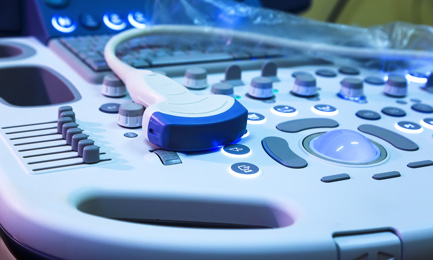
High-resolution ultrasound
We use high-resolution ultrasound to guide our interventions. This allows us to accurately visualise internal anatomical structures and ensure that we are delivering treatment to the correct area.


